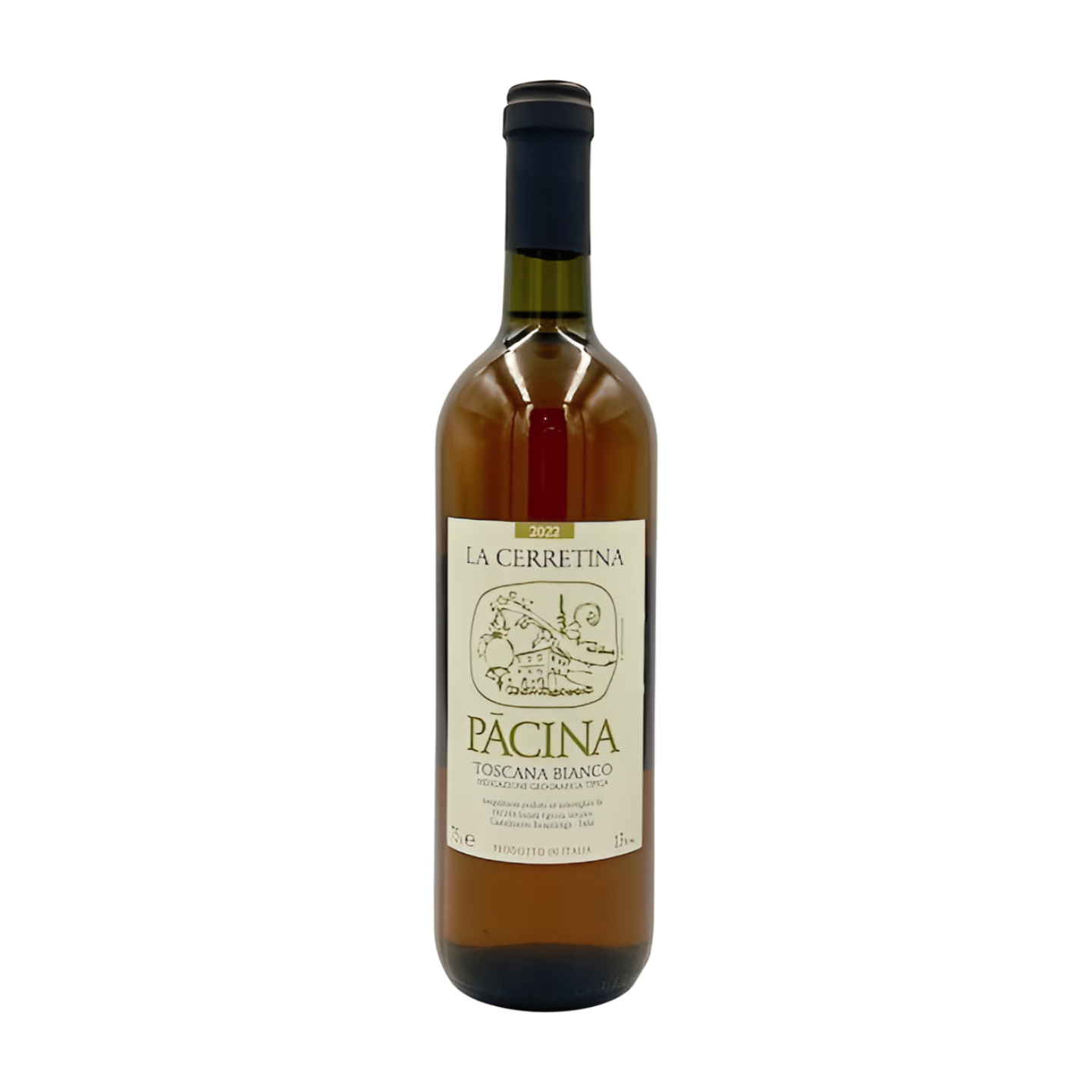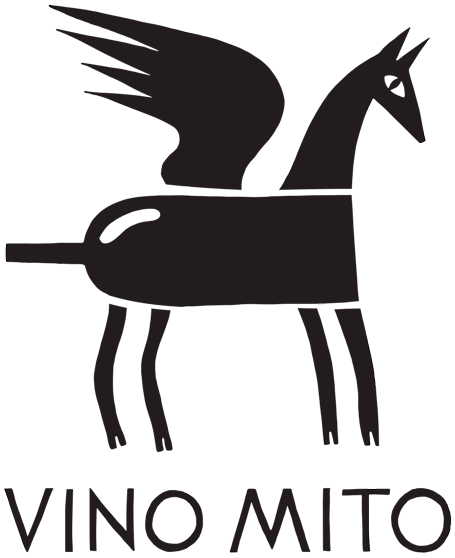 Image 1 of
Image 1 of


2022 Pacina - La Cerretina
Producer | Pacina
Region | Tuscany
Varieties | Trebbiano Toscano, Malvasia del Chianti
Alcohol | 13.0%
Pacina’s limited white grape plantings are roughly equal parts Trebbiano Toscano and Malvasia del Chianti. Trebbiano Toscano (aka Ugni Blanc) has been grown in this region for at least six hundred years. It is late budding, resistance to powdery mildew and botrytis, naturally high acid, and abundant yields have made it extremely popular under a dozen synonyms across Europe. Unlike its blending partner, Malvasia del Chianti is susceptible to everything under the sun, making it a challenge to cultivate, especially organically. Its fuller body and higher alcohol levels are the perfect blend for Trebbiano. The grapes ferment on skins for ten days in concrete before being pressed off into 1000L botti for a yearlong élevage. The wine is bottled without SO2.
Producer | Pacina
Region | Tuscany
Varieties | Trebbiano Toscano, Malvasia del Chianti
Alcohol | 13.0%
Pacina’s limited white grape plantings are roughly equal parts Trebbiano Toscano and Malvasia del Chianti. Trebbiano Toscano (aka Ugni Blanc) has been grown in this region for at least six hundred years. It is late budding, resistance to powdery mildew and botrytis, naturally high acid, and abundant yields have made it extremely popular under a dozen synonyms across Europe. Unlike its blending partner, Malvasia del Chianti is susceptible to everything under the sun, making it a challenge to cultivate, especially organically. Its fuller body and higher alcohol levels are the perfect blend for Trebbiano. The grapes ferment on skins for ten days in concrete before being pressed off into 1000L botti for a yearlong élevage. The wine is bottled without SO2.
Producer | Pacina
Region | Tuscany
Varieties | Trebbiano Toscano, Malvasia del Chianti
Alcohol | 13.0%
Pacina’s limited white grape plantings are roughly equal parts Trebbiano Toscano and Malvasia del Chianti. Trebbiano Toscano (aka Ugni Blanc) has been grown in this region for at least six hundred years. It is late budding, resistance to powdery mildew and botrytis, naturally high acid, and abundant yields have made it extremely popular under a dozen synonyms across Europe. Unlike its blending partner, Malvasia del Chianti is susceptible to everything under the sun, making it a challenge to cultivate, especially organically. Its fuller body and higher alcohol levels are the perfect blend for Trebbiano. The grapes ferment on skins for ten days in concrete before being pressed off into 1000L botti for a yearlong élevage. The wine is bottled without SO2.
ABOUT THE PRODCUER
Pãcina is a magic place. Named after the Etruscan god of wine, it is located in Castelnuovo Berardenga, along the ancient road connecting Arezzo and Siena. Here Giovanna Tiezzi and Stefano Borsa are carrying on a 1000-year old, local tradition of food and wine production. Their property includes vines, olive groves and woodlands. Lucky enough to have a site that doesn’t need anything, Giovanna and Stefano produce wines with little or no intervention. Their wines reflect the unique soils and microclimates found on their vineyard. Pãcina’s wines are delicate, pretty and floral, but with great structure and strength.






